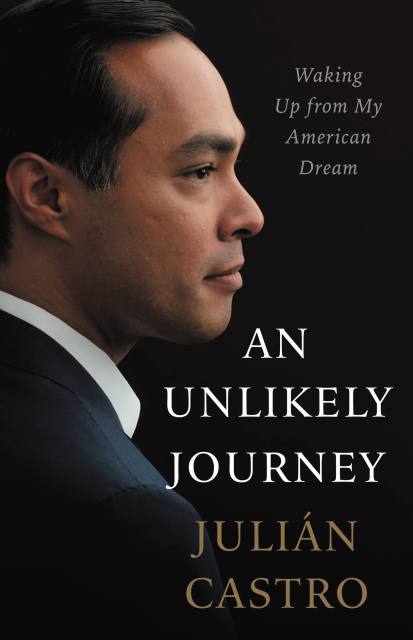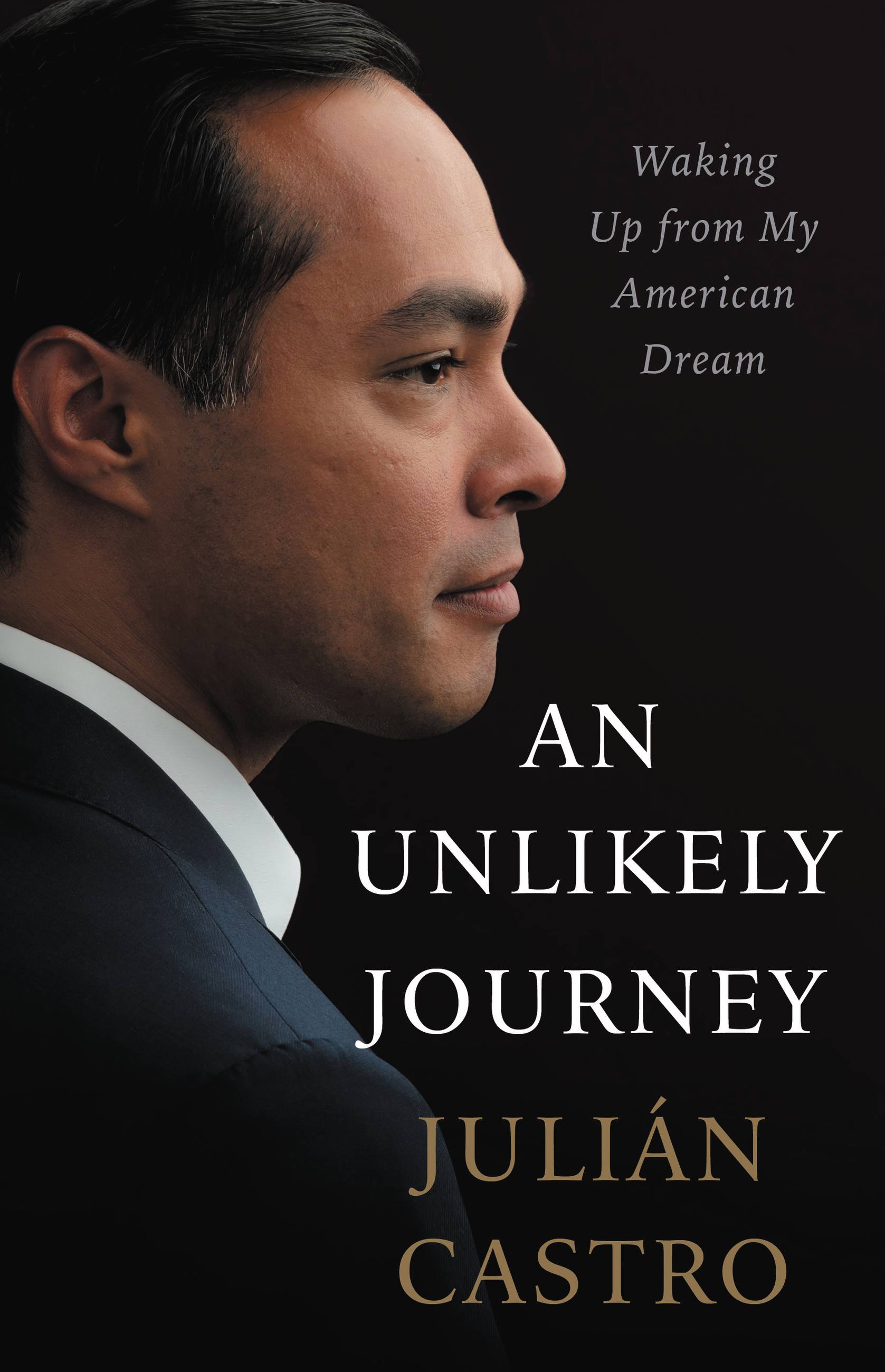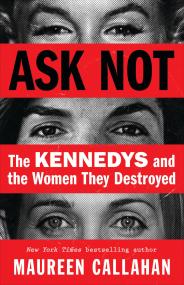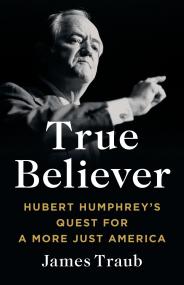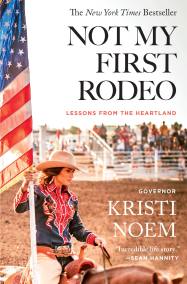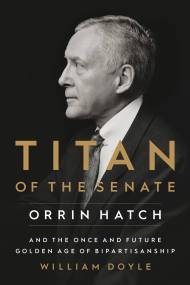Promotion
Shop now and save 20% on your back-to-school purchases & get free shipping on orders $45+ Use code: SCHOOL24
An Unlikely Journey
Waking Up from My American Dream
Contributors
Formats and Prices
Price
$14.99Price
$19.99 CADFormat
Format:
- ebook $14.99 $19.99 CAD
- ebook (Spanish) $14.99 $19.99 CAD
- Hardcover $28.00 $36.50 CAD
- Audiobook Download (Unabridged)
This item is a preorder. Your payment method will be charged immediately, and the product is expected to ship on or around October 16, 2018. This date is subject to change due to shipping delays beyond our control.
Also available from:
Julian Castro, 2020 Presidential candidate, keynote speaker at the 2012 DNC, and former San Antonio mayor and Secretary of Housing and Urban Development, tells his remarkable and inspiring life story.
In the spirit of a young Barack Obama’s Dreams from My Father comes a candid and compelling memoir about race and poverty in America. In many ways, there was no reason Julian Castro would have been expected to be a success. Born to unmarried parents in a poverty-stricken neighborhood of a struggling city, his prospects of escaping his circumstance seemed bleak.
But he and his twin brother Joaquin had something going for them: their mother. A former political activist, she provided the launch pad for what would become an astonishing ascent. Julian and Joaquin would go on to attend Stanford and Harvard before entering politics at the ripe age of 26. Soon after, Joaquin become a state representative and Julian was elected mayor of San Antonio, a city he helped revitalize and transform into one of the country’s leading economies.
His success in Texas propelled him onto the national stage, where he was the keynote speaker at the 2012 DNC — the same spot President Obama held three conventions prior — and then to Washington D.C. where he served as the Obama Administration’s Secretary of Housing and Urban Development.
After being shortlisted as a potential running mate for Hillary Clinton, he became a 2020 Presidential candidate. Julian Castro’s story not only affirms the American dream, but also resonates with millions, who in an age of political cynicism and hardening hearts are searching for a new hero. No matter one’s politics, this book is the transcendent story of a resilient family and the unlikely journey of an emerging national icon.
In the spirit of a young Barack Obama’s Dreams from My Father comes a candid and compelling memoir about race and poverty in America. In many ways, there was no reason Julian Castro would have been expected to be a success. Born to unmarried parents in a poverty-stricken neighborhood of a struggling city, his prospects of escaping his circumstance seemed bleak.
But he and his twin brother Joaquin had something going for them: their mother. A former political activist, she provided the launch pad for what would become an astonishing ascent. Julian and Joaquin would go on to attend Stanford and Harvard before entering politics at the ripe age of 26. Soon after, Joaquin become a state representative and Julian was elected mayor of San Antonio, a city he helped revitalize and transform into one of the country’s leading economies.
His success in Texas propelled him onto the national stage, where he was the keynote speaker at the 2012 DNC — the same spot President Obama held three conventions prior — and then to Washington D.C. where he served as the Obama Administration’s Secretary of Housing and Urban Development.
After being shortlisted as a potential running mate for Hillary Clinton, he became a 2020 Presidential candidate. Julian Castro’s story not only affirms the American dream, but also resonates with millions, who in an age of political cynicism and hardening hearts are searching for a new hero. No matter one’s politics, this book is the transcendent story of a resilient family and the unlikely journey of an emerging national icon.
- On Sale
- Oct 16, 2018
- Page Count
- 240 pages
- Publisher
- Little, Brown and Company
- ISBN-13
- 9780316252140
Newsletter Signup
By clicking ‘Sign Up,’ I acknowledge that I have read and agree to Hachette Book Group’s Privacy Policy and Terms of Use
